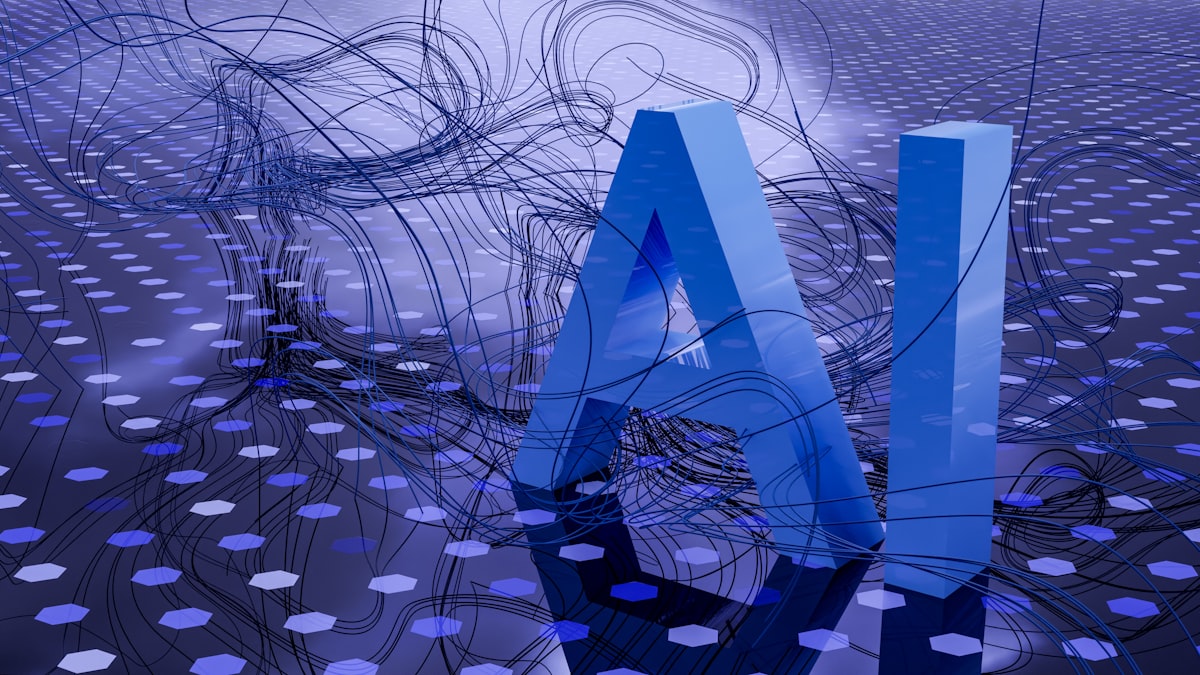How to be Productive Using AI in Your Business
The Great AI Paradox: Everyone's Using It, Nobody's Mastering It
Picture this: Your competitor just announced a 60% productivity boost from their "AI transformation." Meanwhile, your team is drowning in a sea of AI tools that promised everything but delivered confusion. Sound familiar?
You're not alone. While 91% of organizations have jumped on the AI adoption bandwagon, only 1% have achieved true mastery. This staggering implementation gap represents the difference between AI as a productivity multiplier and AI as an expensive digital paperweight.
The reality? Most teams are treating AI like a Swiss Army knife when they need a precision instrument. They're collecting tools instead of building systems, creating chaos instead of clarity.
The Hidden Cost of AI Tool Overload
Here's what happens when organizations mistake adoption for strategy: teams end up managing more tools than tasks. Marketing uses ChatGPT for copy, sales tries three different lead qualification bots, and customer success experiments with sentiment analysis tools—all working in silos, none talking to each other.
The result isn't productivity; it's productivity theater. Teams look busy with AI, but they're actually spending more time managing their AI stack than benefiting from it. Sound expensive? It is. The $7.6 billion AI agents market projected for 2025 suggests everyone's buying, but the 1% mastery rate suggests very few are succeeding.
The AI Agent Revolution: From Chaos to Orchestration
Smart teams are discovering the secret isn't more AI tools—it's smarter AI orchestration. Enter AI agents: specialized, intelligent systems designed to handle specific workflows while seamlessly integrating with your existing processes.
Think of AI agents as your team's productivity specialists. Instead of asking humans to manage multiple AI tools, agents manage themselves while amplifying human capabilities. They don't just automate tasks; they anticipate needs, adapt to contexts, and deliver results that compound over time.
Here's the game-changer: human-AI collaborative teams achieve 60% higher productivity than purely human teams. But this isn't about replacing people—it's about creating superhuman capabilities through strategic partnership.
The Strategic Implementation Playbook
Phase 1: Audit Your Productivity Pain Points
Start by mapping where your team loses the most time. Is it prospecting? Content creation? Data analysis? Customer follow-up? The key is focusing on high-impact, repetitive tasks that drain creative energy from your top performers.
Phase 2: Deploy Specialized AI Agents
Rather than generic tools, implement purpose-built agents for specific workflows. A personalized video outreach agent can handle prospect research, script customization, and follow-up sequencing—saving teams an average of 3.5 hours weekly while maintaining authentic human connection.
Phase 3: Create Integration Points
The magic happens when agents communicate with each other and your existing systems. Your CRM should feed your outreach agent, which should inform your real-time analytics agent, which should optimize your workflow automation strategy agent. This orchestration turns individual tools into a productivity ecosystem.
Phase 4: Scale Through Learning
Unlike static tools, AI agents improve with use. They learn your brand voice, understand your customer patterns, and refine their approaches based on real performance data. This means your productivity gains compound over time.
The ROI Reality Check
Organizations implementing strategic AI agent workflows report ROI expectations up to 100%—and many exceed these targets. Here's why: while traditional productivity tools save time, AI agents generate value.
Take personalized video outreach: instead of sending generic emails that get 2% response rates, AI-powered personalized videos achieve 15-30% engagement. The time savings matter, but the revenue impact transforms businesses.
The compound effect is remarkable. Teams save 3.5 hours weekly on routine tasks, then reinvest that time in high-value activities like strategy, relationship building, and innovation. The productivity boost isn't linear—it's exponential.
From Implementation Gap to Competitive Advantage
The 91% adoption, 1% mastery gap isn't a problem—it's an opportunity. While competitors struggle with tool overload, strategic teams are building AI-powered competitive advantages.
The secret lies in treating AI agents as team members, not tools. When you implement specialized agents that understand your workflows, learn from your data, and integrate with your processes, you don't just automate work—you amplify human potential.
Ready to Bridge Your Implementation Gap?
The difference between AI adoption and AI mastery isn't about having more tools—it's about orchestrating intelligent systems that multiply your team's capabilities.
Start your AI productivity transformation:
- Discover how AI-powered personalized video outreach can revolutionize your sales process
- Explore our technology showcase to see intelligent workflow automation in action
- Schedule a consultation to map your path from AI chaos to productivity powerhouse
The 1% who master AI won't just outperform their competition—they'll redefine their industries. The question isn't whether AI will transform productivity. The question is whether you'll lead that transformation or watch it happen.
Transform your team's productivity with AI agents that work as smart as you do. Because in the race for competitive advantage, it's not about who adopts AI first—it's about who implements it best.







Comments (0)
No comments yet. Be the first to share your thoughts!